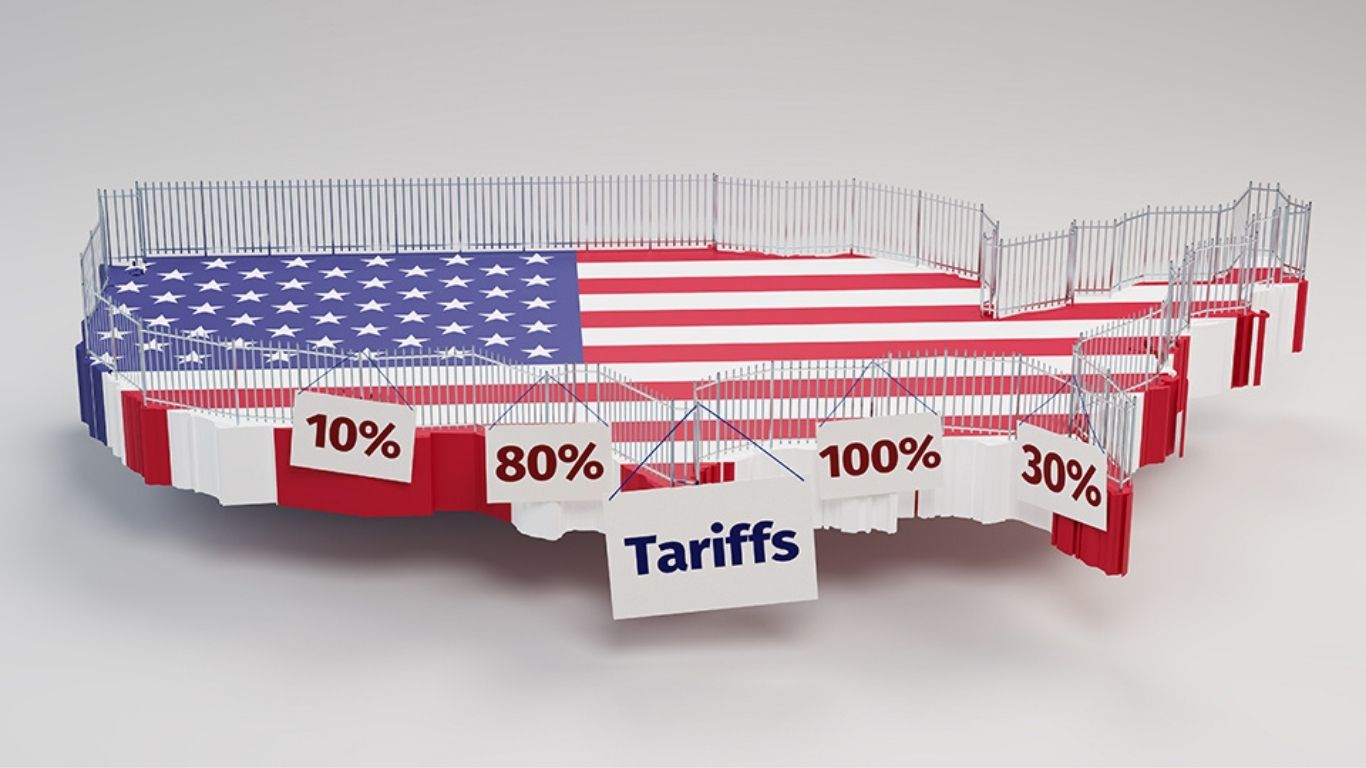In the shadows of great power rivalry, Pakistan is no longer just a South Asian state it’s a pivot point in a global game of influence. As the United States recalibrates its strategy in the Indo-Pacific to counter China’s rise, Islamabad finds itself caught between its traditional ally in Beijing and a West growing increasingly skeptical of its loyalties.
The Indo-Pacific Vision—and Its Unseen Fault Lines
When the White House unveiled its Indo-Pacific Strategy in 2022, the language was carefully curated: promoting a “free and open Indo-Pacific,” ensuring regional stability, and building economic resilience through partnerships. But behind the diplomatic prose was a crystal-clear message contain China’s influence.
At the center of this containment strategy stand key U.S. allies: India, Japan, Australia, and South Korea. Washington has steadily built these partnerships through security pacts (AUKUS), technology cooperation, and joint naval exercises across the Indian and Pacific Oceans.
But beyond the main stage, a parallel drama is unfolding one that involves a nuclear power with a long-standing grudge against India, an economy propped up by Chinese credit, and a coastline that Beijing sees as its backdoor to the Arabian Sea. That country is Pakistan.
The China-Pakistan Axis: Built on Asphalt and Strategy
Few partnerships in Asia are as deep and visible as the China-Pakistan Economic Corridor (CPEC). Launched in 2015, the corridor has transformed roads, power stations, and trade hubs across Pakistan, culminating in the development of Gwadar Port, a glittering jewel in China’s Belt and Road Initiative (BRI).
To Pakistan, CPEC is a lifeline. To China, it’s strategic gold.
The corridor provides Beijing direct maritime access to the Indian Ocean and a shortcut for energy imports, bypassing the chokepoint of the Strait of Malacca. But to U.S. analysts, this isn’t just about trade. It’s about projection of power. Washington fears that Gwadar could eventually host Chinese naval operations, giving China a permanent military foothold just miles from the Persian Gulf.
America’s Growing Anxiety
While the U.S. once saw Pakistan as a Cold War ally and later a partner in the War on Terror, the relationship has cooled. Today, Washington sees Islamabad through the prism of China as an extension of Beijing’s ambition.
There are three key reasons for this unease:
1. Debt Dependency: Pakistan owes an estimated $30 billion to China. This fiscal dependence raises concerns about “debt-trap diplomacy” and Beijing’s influence over Islamabad’s policymaking.
2. Military Collaboration: China is not just investing in roads it’s arming Pakistan. From joint production of JF-17 fighter jets to advanced drone sales, the security partnership runs deep. Reports even suggest that China has tested military technology in Pakistan’s border regions, including Kashmir.
3. Digital Surveillance and Ports: With China helping build fiber-optic networks and port infrastructure, U.S. strategists worry about data security, dual-use facilities, and long-term loss of regional influence.
India: America’s Chosen Pillar
In sharp contrast, the U.S. has elevated India to a strategic partner. Through high-level agreements like BECA and COMCASA, Washington has provided Delhi with advanced weapons systems, geospatial data, and enhanced maritime access.
India is now a cornerstone of the U.S.-led “Quad” alliance a grouping of democracies focused on resisting Chinese influence across Asia.
This growing proximity between Washington and New Delhi has widened Islamabad’s sense of alienation, driving it deeper into China’s orbit a geopolitical feedback loop that’s hard to break.
The Dilemma in Islamabad
Pakistan’s policymakers are walking a tightrope. On one side is China, its largest investor and most consistent diplomatic backer. On the other is the U.S., still influential in international finance, military technology, and global diplomacy.
To hedge its bets, Islamabad has made quiet overtures to the West, offering mineral access in Balochistan, renewing counterterrorism commitments, and seeking IMF support (where Washington holds sway). But these gestures are constrained by fear: if Pakistan tilts too far from Beijing, it risks losing economic lifelines.
What Lies Ahead?
Pakistan’s geographic and political location means it cannot afford to be passive. Whether it’s balancing relations with Iran and Saudi Arabia, navigating Taliban spillover from Afghanistan, or managing the rise of separatist movements, Islamabad is playing a dangerous game in a turbulent neighborhood.
The stakes are high. In an era where oceans define strategy and ports shape empires, Pakistan’s coastlines, roads, and skies are no longer just domestic matters. They are now nodes in a larger strategic web one stretching from Washington to Beijing, and from Delhi to the Persi




